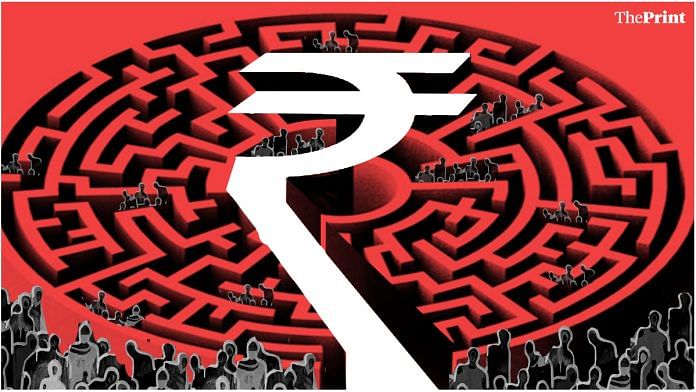It would have been hard for many to miss the words “deposit insurance” on the newsfeed last month. The US-based Silicon Valley Bank had caused it to shut down. The Federal Deposit Insurance Corporation or FDIC initially announced that deposits insured with the bank will be paid out. This has led to a discussion on the system of deposit insurance in India. Our experience suggests that much reform is required on pricing, as well as the process of payout. Depositors need to internalise that bank safety cannot be taken for granted.
Deposit insurance in India
Deposit insurance in India is managed by the Deposit Insurance and Credit Guarantee Corporation (DICGC). The DICGC insures all bank deposits up to a maximum amount of Rs 5 lakh. This implies that you will have access to deposits up to Rs 5 lakh if your bank fails. Any amount above it will be lost. Each bank has to pay an annual premium of 12 paise per Rs 100 of assessable deposits to the DICGC. That is, if a bank has accessible deposits of Rs 100 crore, then it will pay Rs 12 lakh as a premium. The DICGC will be solvent when insurance premiums are higher than the payouts.
There are two interesting features of such insurance in India. First, it is rarely used in the case of commercial banks. This is not because banks don’t fail, they are not immune. India’s response has been to merge the failing bank with a larger bank, often a Public Sector Bank (PSB), and kick the can down the road. There is no set process, the Reserve Bank of India takes a decision based on the circumstances. For example, Yes Bank was taken over by a group of banks led by the State Bank of India in 2020. Lakshmi Vilas Bank was merged with DBS Bank in 2020, Global Trust Bank was merged with Oriental Bank of Commerce in 2004, which along with United Bank of India was subsequently merged with Punjab National Bank in 2020. Vijaya Bank was merged with the Bank of Baroda in 2019.
As a result, the question of shutting the bank and paying out deposit insurance has not arisen. This is not to say that depositors have not had their accounts frozen. In the case of Yes Bank, withdrawals were limited to Rs 50,000 for a period of time. But if the strategy is to never let a commercial bank fail, then why collect insurance premiums from them?
Second, in the case of cooperative banks, it takes a long time for depositors to get their money. As of 2019, depositors have had to wait for an average of about six years to get their funds. When a bank fails, the liquidator of the bank is supposed to make a list of all the depositors, and hand it over to the DICGS. It is this process that causes the delay.
It imposes a huge cost, especially as depositors in cooperative banks are likely to be from low to middle-income groups. As an example, for the bank failures in 2017-18, if one assumes that the funds would have earned an interest of even 8 per cent, then depositors effectively suffered a 26 per cent loss. The process of deposit insurance payouts is not smooth, it imposes considerable uncertainty on the depositors.
Also read: ‘Heavily exposed’: Indian banks ill-prepared to handle challenges of clean energy transition
Rethink bank failures
There is a larger philosophical question on deposit insurance. Does the existence of insurance make the banks reckless? Yes, unless insurance premiums are based on the risk of bank failure, and that central bank supervision flags off problems sooner rather than later. Does the current insurance pricing ensure that the DICGC fund will be able to honour the deposit insurance claims if these banks had instead been closed? It is unclear, and quite likely that if we ever shut down banks instead of merging them, premiums would have to be higher. The insurance premiums for commercial banks need to be calibrated in a way that payouts can be made in the event of their failure.
The areas of reform on deposit insurance are clear. The costs of closing a bank and paying off depositors versus the costs to the taxpayer of merging a bad bank with a good one need to be made transparent. This may make us rethink our strategy on bank failures. It is not unusual for banks to go bust, and a specialised resolution regime needs to be put in place. The government withdrew the Financial Resolution and Deposit Insurance Bill (FRDI) in 2018 and it may be time to bring it back.
Also read: Indian banks are heading into a trap. High inflation and interest rates are a deadly mix
In the meantime, depositors need to realise that banks are not always safe. There is a possibility that a bank failure may lead to the freezing of accounts for a while. If the bank is shut down, then payment of deposit insurance will only be upto the specified amount, and even that may take a long time to materialise. A strategy of diversifying deposits across multiple banks, and investing funds in alternative asset classes may be the path forward.
Renuka Sane is research director at Trustbridge, which works on improving the rule of law for better economic outcomes for India. Views are personal.
(Edited by Ratan Priya)



